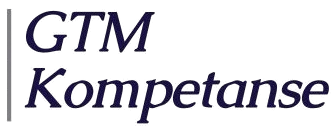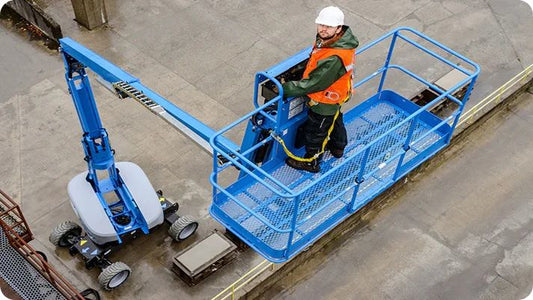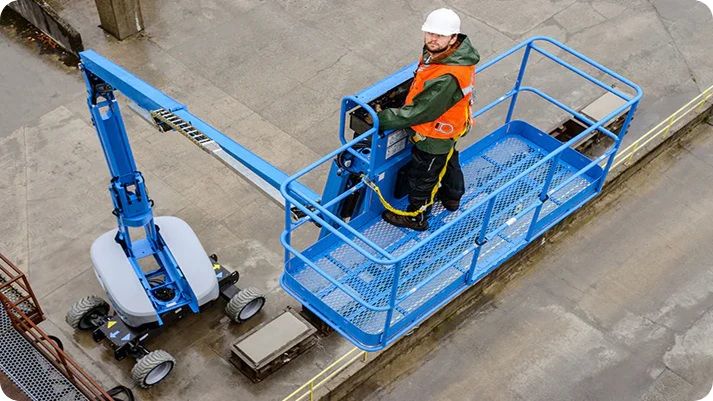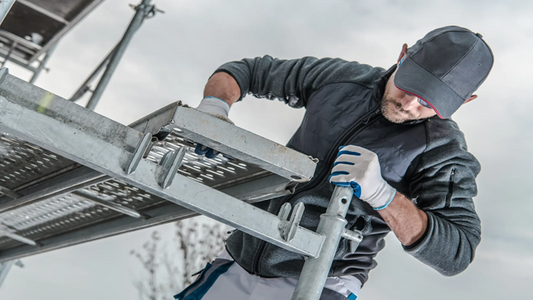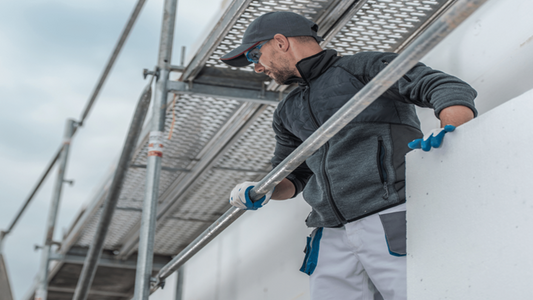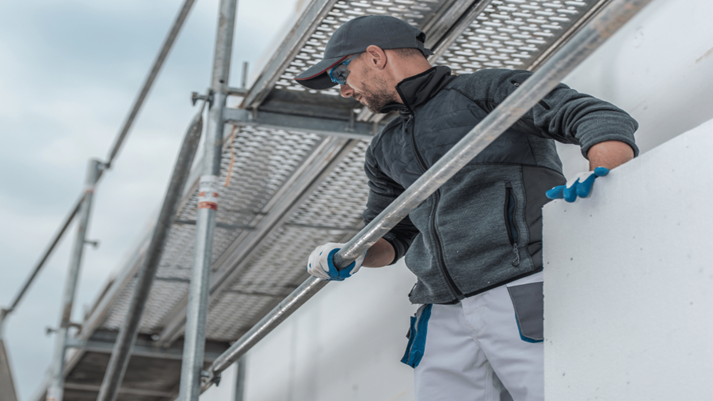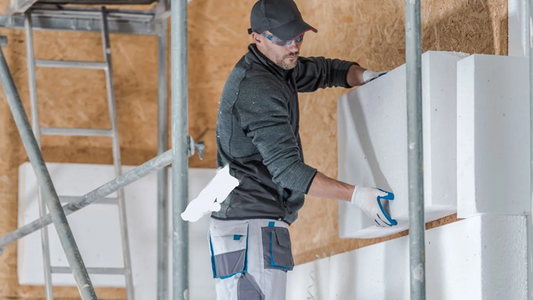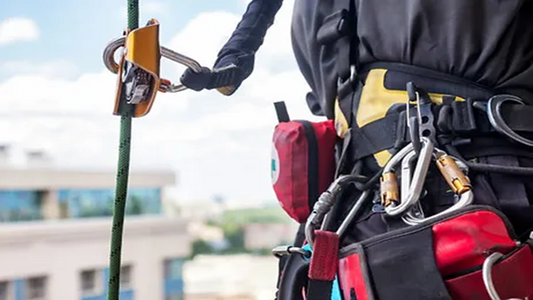A lift is a safe and effective work tool when used correctly – but small mistakes can have big consequences. Many accidents with lifts do not occur due to technical errors, but due to human error. Here we have collected the most common mistakes that occur when using a lift, and how you can avoid them.
1. Forgetting to secure the outriggers
For the lift to be stable, the support legs must be correctly positioned and have even weight distribution. Incorrect positioning can cause the lift to lose balance.
2. Lack of balance and weight distribution
The lift must be level to be safe to use. Overloading the basket or uneven weight distribution can cause instability and, in the worst case, tip over.
3. Overlooking the substrate
The surface must be able to withstand both the weight of the machine and the pressure from the support legs. On weak surfaces, the lift may sink and become unbalanced. Always check the ground before use.
4. Working alone
Many accidents occur when the operator is working alone. If something happens in the basket, it is crucial to have an assistant on the ground who can intervene, monitor the situation and, if necessary, lower the basket.
5. Lack of training
The Working Environment Act requires that those who use lifts have sufficient training. Lifts are advanced machines, and without the right expertise, the risk of misuse and accidents increases.
👉 Take a lift course today: Lift course (personnel lift course) - Online course
6. Improper use of fall protection equipment
A fall arrest harness can be an important safety measure, but it must be attached correctly. The attachment point is marked on the lift and should always be used as indicated in the manual.
👉 Take a fall protection course today: Fall Protection Course - Online Course
7. Driving too fast
Self-propelled lifts can move quickly, but when the basket is raised, even small bumps can cause major jolts. In the worst case, this can cause the operator to lose control or be thrown out of the basket.
8. Forgetting to use common sense
Most dangerous situations can be avoided by following instructions, assessing risks and using common sense. Lifts are safe when used as intended.
9. Changes on the lift
Modifying a lift or making your own adjustments is very risky. Even small changes can affect stability and safety, and it is never permitted to rebuild or manipulate the machine.
10. Using the lift for the wrong purpose
A lift is not a ladder, scaffolding or a crane. It should only be used for what it is designed for – to lift people safely to the desired working height.
Summary
Most lift accidents are caused by incorrect use. By being aware of the most common mistakes – and by having the right training – you can significantly reduce the risk.
👉 At GTM Kompetanse, we offer both lift courses and fall protection courses , so that you get the knowledge required for safe and effective use.
